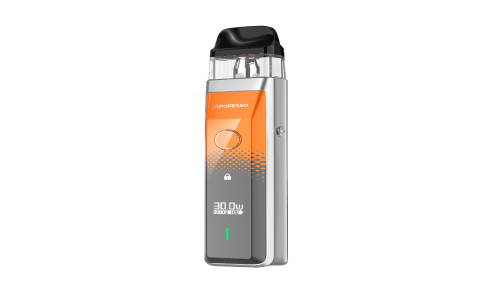Electronic cigarettes (e-cigarettes) deliver nicotine via aerosol, often perceived as less harmful than combustible cigarettes. However, their long-term health impacts remain under investigation, and they are not FDA-approved cessation devices. Evidence-based alternatives exist for those seeking different approaches to manage nicotine intake or quit entirely.
Primary Nicotine Replacement Therapy (NRT) Options
FDA-approved NRTs deliver controlled nicotine doses without combustion, mitigating withdrawal symptoms:

- Transdermal Patches: Provide steady nicotine release over 16-24 hours. Effective for baseline craving management.
- Gum/Lozenges: Offer rapid, on-demand nicotine delivery to address acute cravings. Differing strengths available.
- Nasal Spray/Mouth Inhaler: Provide faster nicotine absorption for heavier users or those with intense cravings.
Non-Nicotine Pharmacological Treatments
Prescription medications can aid cessation without nicotine:
- Varenicline (Chantix): Reduces withdrawal symptoms and cravings by targeting nicotine receptors in the brain.
- Bupropion SR (Zyban): An antidepressant that can decrease nicotine cravings and withdrawal severity.
Medical consultation is essential before initiating these therapies.
Behavioral Support Strategies
Cognitive and social interventions significantly enhance quit success rates:
- Counseling: Individual or group therapy focusing on coping skills, triggers, and relapse prevention.
- Quitlines: Free telephone counseling services provide structured support and tailored advice.
- Mobile Applications: Evidence-based apps offer tracking, motivational support, and behavioral techniques.
Low-Risk Harm Reduction Alternatives (For Continuing Users)
For those not ready to quit nicotine entirely:
- Oral Smokeless Products: Modern nicotine pouches (non-tobacco) or Swedish snus. Deliver nicotine without combustion or lung inhalation, significantly reducing carcinogen exposure compared to smoking or vaping when used exclusively. Not risk-free.
- No Alternatives: Complete abstinence from nicotine and tobacco products remains the safest health choice.
Critical Consideration: The most effective strategy often combines pharmacological aids (like NRT or medication) with behavioral support. Consulting a healthcare professional is crucial to determine the most appropriate approach based on individual history and goals.








